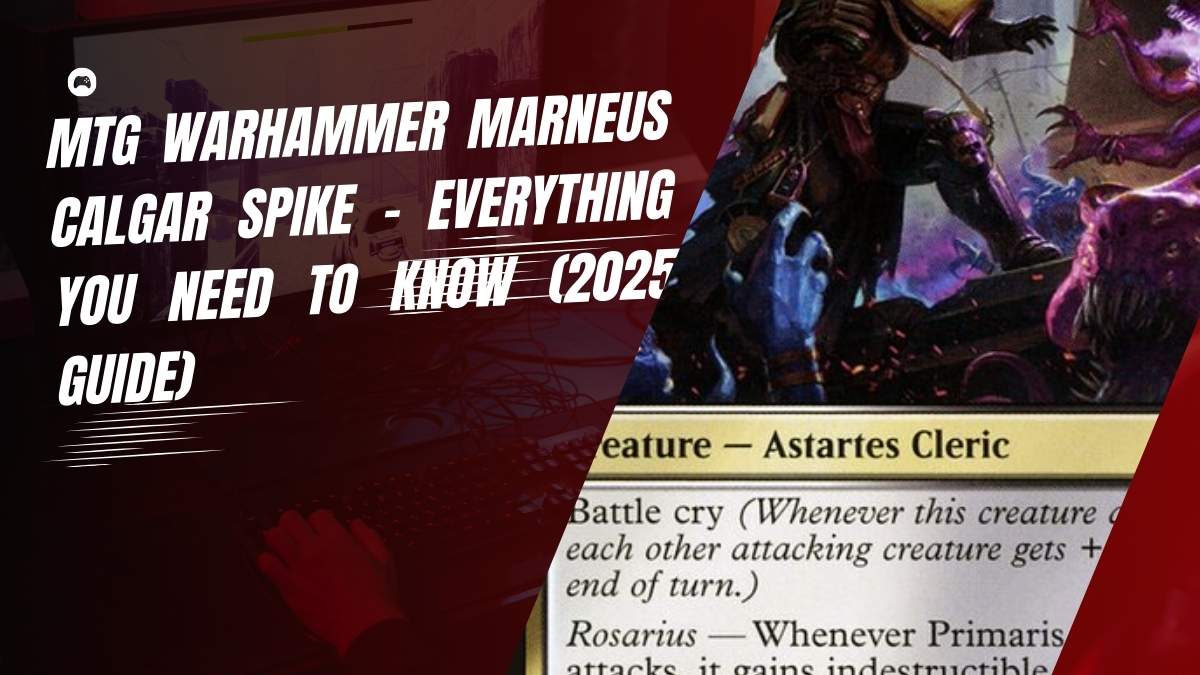Introduction
Warhammer Fantasy Roleplay 4th Edition (WFRP4) is an immersive tabletop RPG that brings the grim and perilous world of Warhammer to life. One of the most intense mechanics in the game is Critical Wounds, which adds realism and danger to combat. These injuries are more than just damage; they have lasting effects that can change the fate of your character.
Understanding WFRP4 Critical Wounds is essential for both players and Game Masters (GMs). Whether you’re fighting in brutal battles or treating injuries as a healer, knowing how these wounds work can make or break your adventure. This guide explains everything about Critical Wounds, including their effects, healing methods, and strategies to survive them.
What Are Critical Wounds in WFRP4?
Understanding Critical Wounds
In WFRP4, a Critical Wound occurs when a character takes a Critical Hit during combat. These wounds represent serious injuries like broken bones, deep cuts, or internal damage. Unlike normal wounds, Critical Wounds don’t simply heal over time—they require proper medical attention.
How Do You Suffer a Critical Wound?
A character can suffer a Critical Wound when:
- An opponent rolls a critical hit (double-digit success, e.g., 11, 22, 33) on an attack.
- A character is reduced to 0 Wounds and takes further damage.
- A failed Dodge or Parry roll results in a direct, devastating blow.
Critical Wounds are determined by rolling on the Critical Hit Tables based on the injured body part. The severity of the wound depends on the attack and the weapon used.
Types of Critical Wounds in WFRP4
1. Head Injuries
- Concussion: Causes dizziness and confusion, affecting Intelligence checks.
- Skull Fracture: May cause unconsciousness and permanent trauma.
- Eye Damage: Can lead to blindness if left untreated.
2. Arm and Leg Wounds
- Broken Arm: Prevents the use of weapons or shields.
- Severed Limb: Permanent loss of an arm or leg, affecting movement and combat abilities.
- Sprained Wrist: Reduces effectiveness in combat and skill checks.
3. Torso and Internal Wounds
- Broken Ribs: Causes difficulty in movement and breathing.
- Punctured Lung: Can be fatal if untreated, leading to suffocation.
- Internal Bleeding: Causes gradual damage over time, requiring urgent medical attention.
4. Bleeding and Infection
- Open Wounds: Risk of infection if not properly treated.
- Severe Blood Loss: Can lead to unconsciousness or death if untreated.
- Festering Wounds: Untreated injuries can worsen, causing long-term effects.
Healing Critical Wounds in WFRP4
1. Immediate First Aid
- A character with the Heal skill can attempt to treat a Critical Wound immediately.
- Successful treatment reduces the severity and prevents further damage.
- Failed treatment can worsen the wound or cause complications.
2. Medical Attention
- Seeking professional surgeons or healers is the best way to recover.
- Some wounds require surgery or magical healing to fully recover.
- Time and rest play a crucial role in natural healing.
3. Magical Healing
- Some spells, like Healing Hands, can close wounds instantly.
- Potion of Regeneration may restore lost limbs or heal severe injuries.
- Divine Blessings from priests of Shallya offer miraculous recoveries.
How Critical Wounds Affect Gameplay
1. Roleplaying Impact
- Adds realism and challenge to the game.
- Forces players to think strategically instead of rushing into battle.
- Can create deep character development, such as seeking revenge on an enemy who maimed them.
2. Combat Strategy Changes
- Players must plan fights carefully, avoiding unnecessary risks.
- Using shields, armor, and dodging effectively becomes crucial.
- Magic users and healers become valuable assets in the team.
3. Permanent Effects and Scars
- Some Critical Wounds leave permanent scars or disabilities.
- Characters might require prosthetics, wheelchairs, or other assistive devices.
- These changes create memorable and unique character stories.
Tips for Players to Survive Critical Wounds
- Invest in Toughness and Armor – Reduces damage taken and prevents severe injuries.
- Carry Healing Supplies – Bandages, potions, and first-aid kits can save your life.
- Stay Close to Healers – Keep a healer in your party to treat wounds quickly.
- Avoid Reckless Combat – Strategic positioning can prevent unnecessary damage.
- Use Fate Points Wisely – Fate Points can prevent death or severe injuries in critical situations.
Tips for Game Masters (GMs) to Handle Critical Wounds
- Make Injuries Meaningful – Describe wounds in detail to enhance immersion.
- Allow Creative Healing Solutions – Let players find unique ways to heal wounds.
- Balance Realism and Fun – Avoid making injuries too punishing, keeping the game enjoyable.
- Encourage Roleplaying – Encourage players to embrace their injuries as part of their character’s story.
- Use Wound Recovery as a Plot Device – Introduce healers, magical remedies, or quests to recover lost limbs.
Conclusion
WFRP4 Critical Wounds add a layer of danger and realism that makes combat more intense and rewarding. These injuries force players to think carefully about their actions, rely on teamwork, and seek creative solutions for survival. Whether you’re a fearless warrior, a cunning rogue, or a wise healer, understanding Critical Wounds can make the difference between life and death.
For Game Masters, Critical Wounds provide an opportunity to craft dramatic stories and challenging encounters. They can lead to exciting quests for rare healing items, introduce powerful NPC healers, and shape a character’s destiny through scars and disabilities. Embracing these mechanics will make your WFRP4 campaign more immersive and unforgettable.
Frequently Asked Questions (FAQs)
1. How do Critical Wounds differ from regular wounds in WFRP4?
Critical Wounds represent severe injuries that require special treatment, while regular wounds heal over time or with simple bandages.
2. Can Critical Wounds kill a character immediately?
Yes, some severe Critical Wounds, like a decapitation or heart wound, can result in instant death.
3. How can a character recover from a lost limb?
A lost limb can be replaced with prosthetics, magical regeneration, or divine intervention from deities like Shallya.
4. What is the best way to avoid Critical Wounds in combat?
Wearing good armor, dodging effectively, and using shields can significantly reduce the risk of suffering Critical Wounds.
5. Are there any house rules for Critical Wounds?
Some groups create custom rules to make healing easier or allow additional recovery methods beyond the standard rules.











